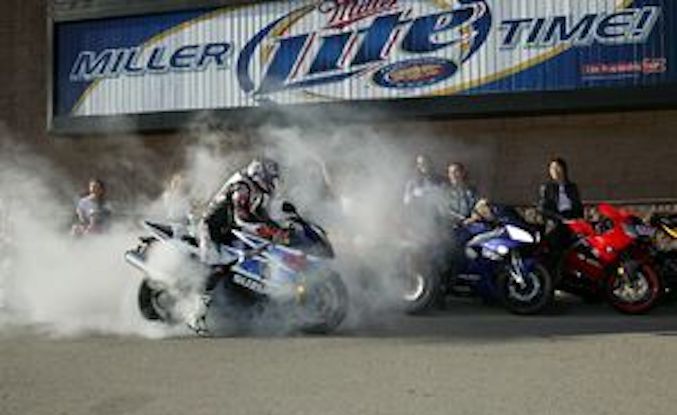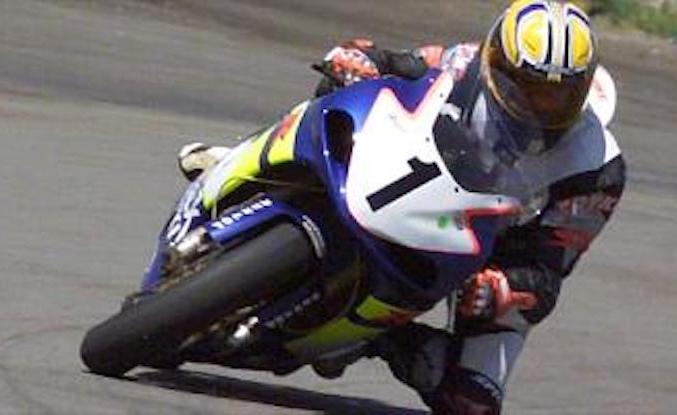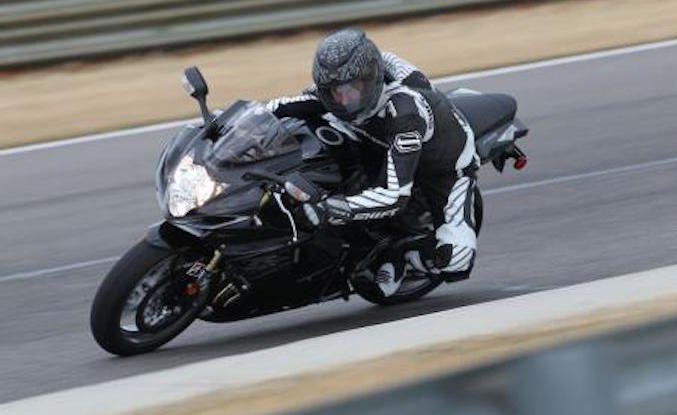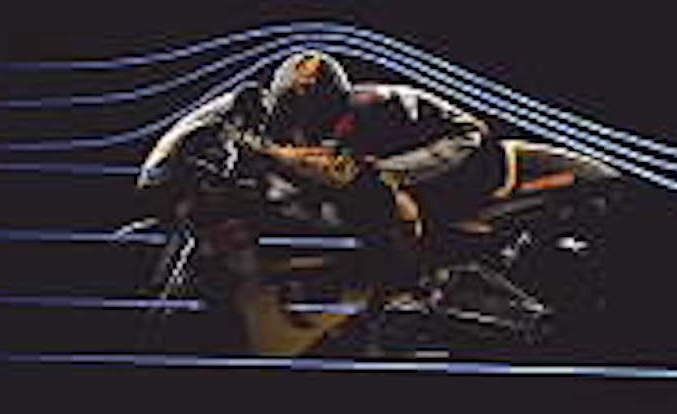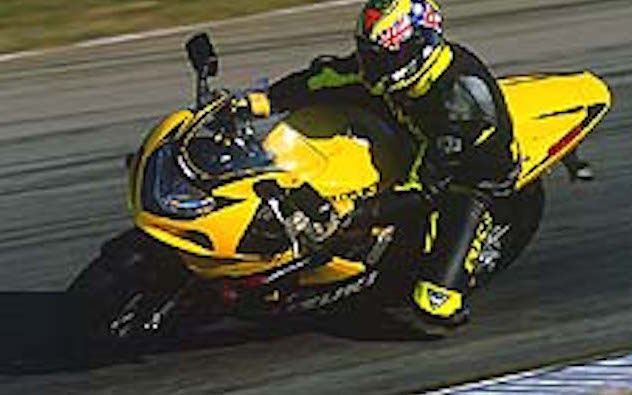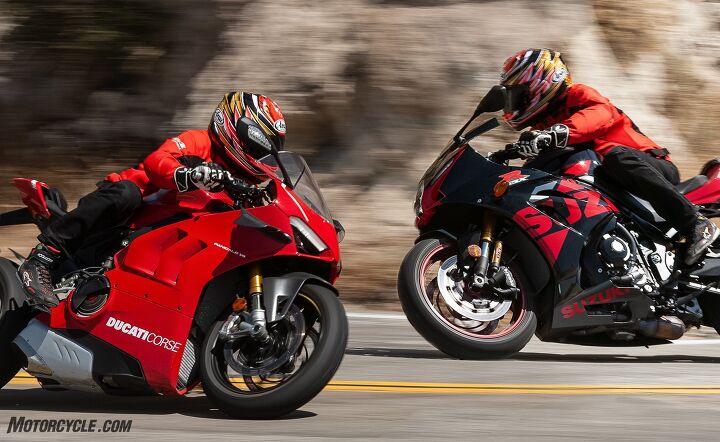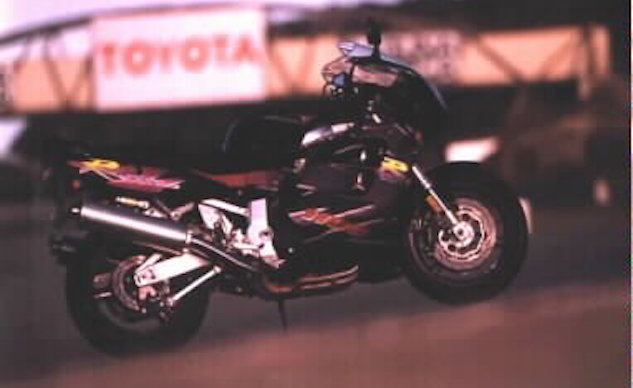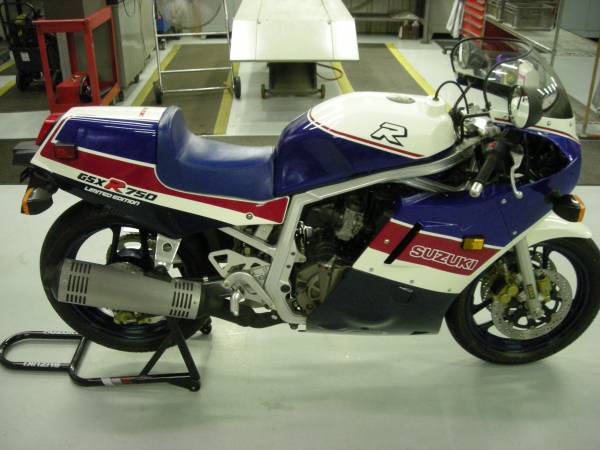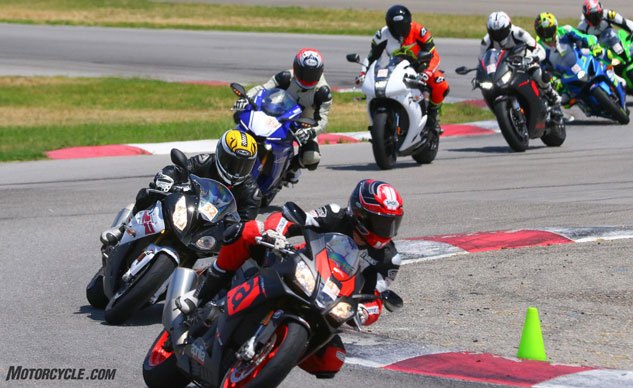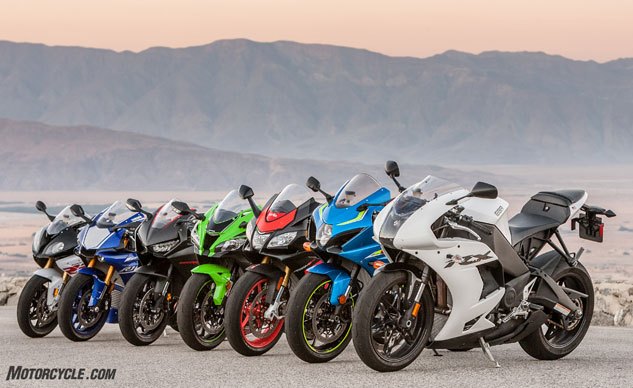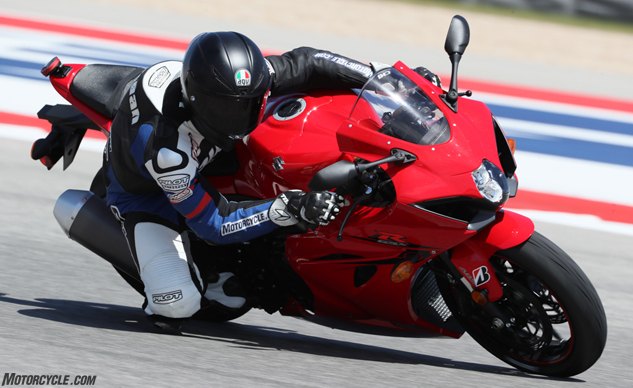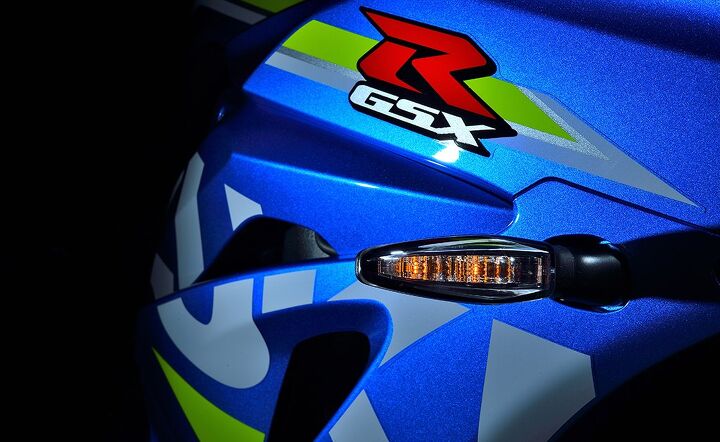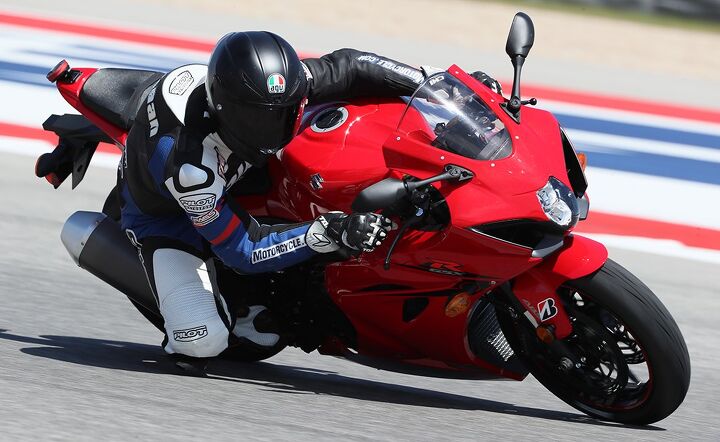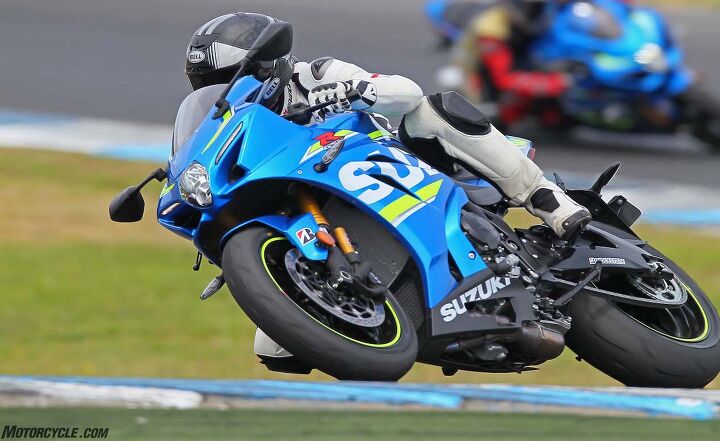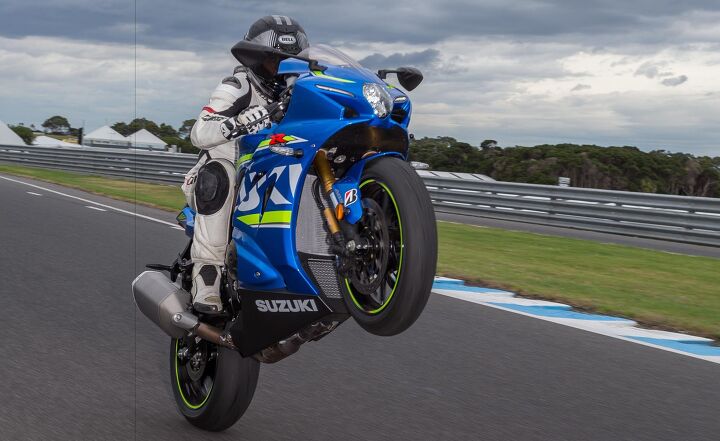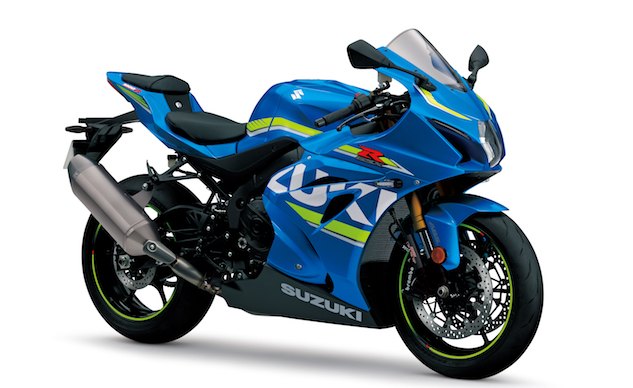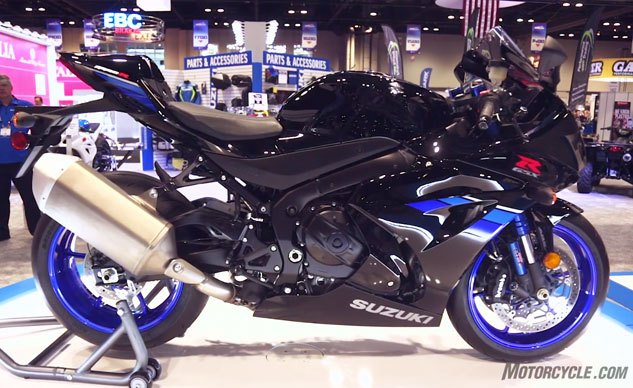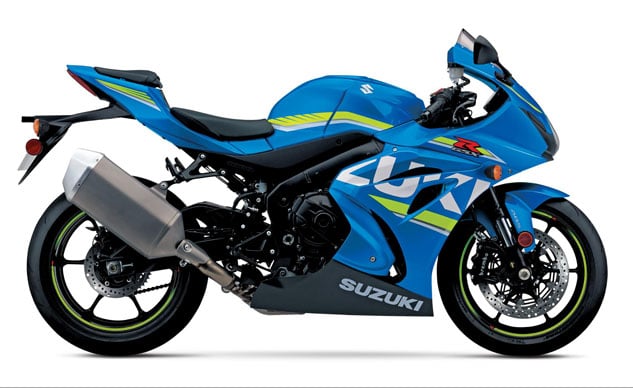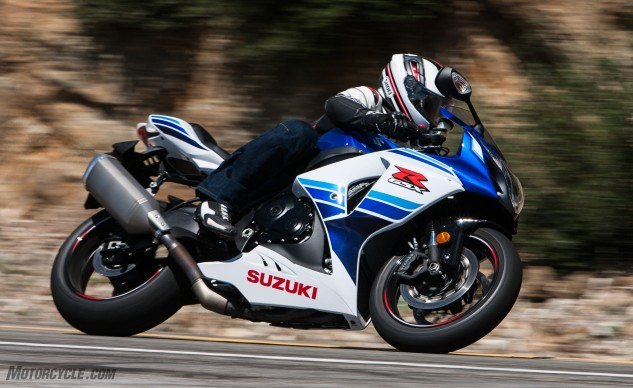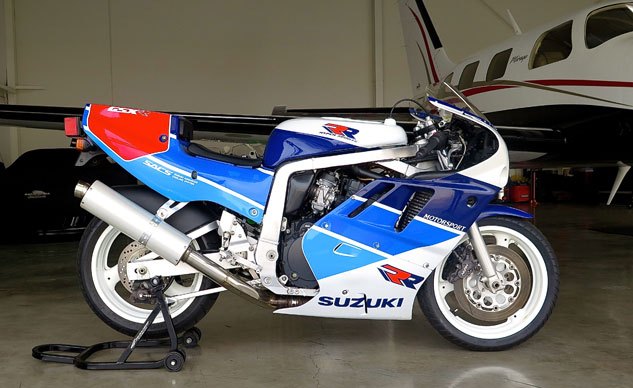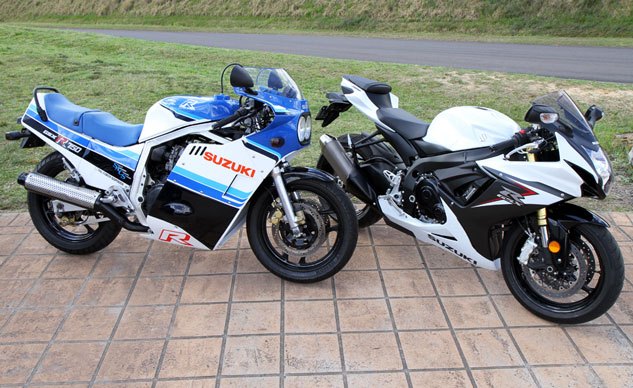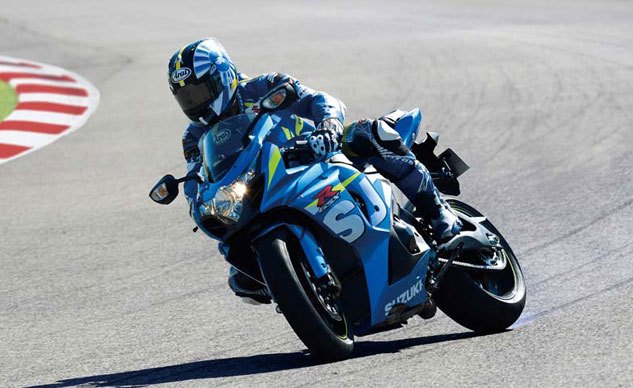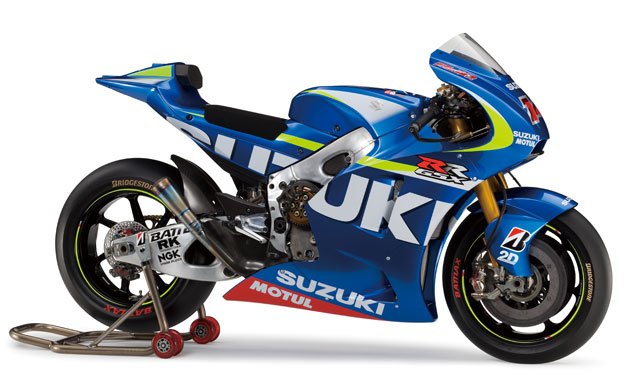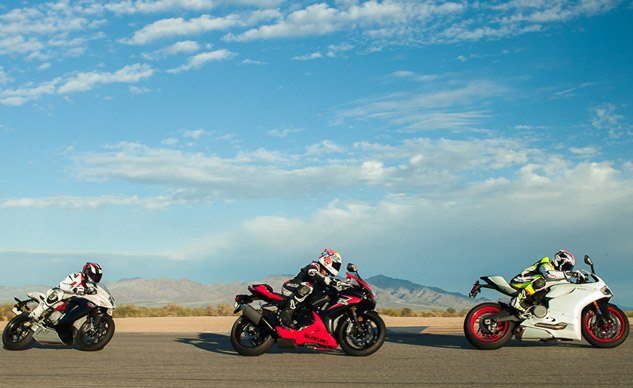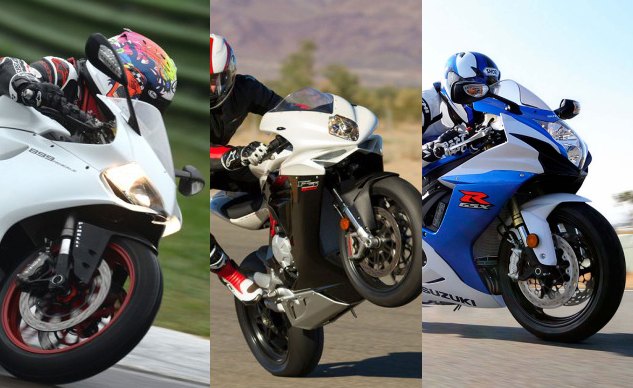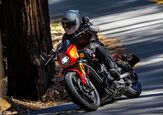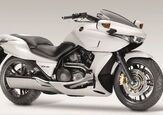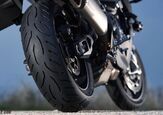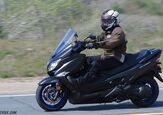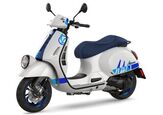Suzuki Suzuki GSX-R
Church of MO: 2003 Best of the Best
Now we need a good reason and a Master Plan: 20 years ago we just needed three cool motorcycles and an open invitation to California Speedway (which I hear just hosted its last trackday. RIP.) Earlier we’d already deduced the Kawasaki ZX-6R was the best 600, the Suzuki GSX-R1000 was the best 1000, and the Aprilia Mille R was the best Twin (and the one you most wish you’d embezzled). So why not compare them all to each other? In the hands of non-professional riders, the results are sometimes surprising. Miss you, Dirty Sean. Hope you’re well in the Las Vegas bunker, Willie T!
Church of MO: Attack Suzuki GSX-R1000
Happy Birthday to Baby Jesus and good will toward all on the day of this final Church of MO for 2022. It was the best of times 20 years ago, when Attack Performance’s proprietor rolled Jason Pridmore’s championship-winning Suzuki out for little old us to have a go at California Speedway. As I recall it may have been a case of mistaken identity: Richard Stanboli may have thought it was John Burns calling from Motorcyclist (a big print publication at the time from which I had just been expelled), not John Burns from Motorcycle.com (a pipsqueak online publication which thought nothing of running a 2200-word bike test with one action photo). Say, what’s an online publication?
Church of MO: 2011 Suzuki GSX-R750 Review
Once upon a time a decade ago, the original mandible-dropping Suzuki GSX-R750 celebrated its 25th birthday, and Pete went to Alabama with a banjo on his knee to ride it. We can’t remember the last time we rode one, but would you look at that: Suzuki will still sell you a brand new GSX-R750 for just $12,599. The curb weight spec says 419 pounds. Maybe it’s time or a good old-fashioned 750 Supersport shootout? Party of one…
Church of MO: Middleweight Messiah: 1996 GSXR-750
One-quarter century ago, MO was just getting off the ground but had not yet retracted its landing gear. Even then, luckily, Suzuki GSX-R750s were expendable enough that Suzuki loaned us one for review. Which was kind of a big deal, because MO’s terrible twos coincided with the year Suzuki blew out all the stops to create a much lighter, much more compact, and much more powerful 1996 GSX-R750. The race to build racebikes for the street was on.
Church of MO: 2001 Suzuki GSX-R600
Back when men were men, MO wrote stuff like: “The bike did move around a bit through a particular 160 mph sweeper that was littered with pavement irregularities, but what bike wouldn’t?” And: “Coming down the hill into turn nine, braking from more than 150 mph, one finger is all it takes to get the bike to stand on its nose.” In spite of the glowing reviews of the 2001 Suzuki GSX-R600, the AMA Supersport title was won by E. Bostrom that year on a Kawasaki. (Though Aaron Yates did bring home the bacon for Suzuki in 2002.) Those were the days, my friend. We thought they’d never end. And now, we bring you “A chocolate starfish in hot-dog flavored water.” What?
Comparing Each End of the Sportbike Price Spectrum: Ducati Panigale V4R and Suzuki GSX-R1000R
You all know the saying, “You get what you pay for.” It’s an important life lesson that rings true for many aspects of life. Like cheap tools, the pleasure we get for the minimal cost outlay quickly evaporates as soon as it breaks much sooner than it should. Shoulda bought the good one is what we inevitably say to ourselves every time.
Church of MO: 1995 Suzuki GSX-R1100 First Ride
And the number of the beast was 493 pounds dry, claimethed Suzuki in 1995. If that was the case then fluids were waaay heavy 25 years ago, brethren: Filling the tank with 5.5 gallons of Ethyl, adding oil to the engine, fork tubes and rear shock, coolant to the radiator, five gallons of brake fluid, and lead acid to the battery had these things approaching the weight of Air Force One, fully Trumped out with gold fixtures. Guesseth what? Is it any coincidence that as these things have shrunk over the years to become ever racier, so have their sales? The GSX-R1100 was in fact a midrange-monstrous sport-tourer in a track suit – too big to fail! How I long for one today, but with cruise control…
Church of MO: 2009 Suzuki GSX-R1000
When you’re one of the most popular platforms for superbike road racing success, how do you out-do yourself? In the case of the ultra-victorious Suzuki GSX-R1000, nothing less than a ground-up overhaul was in order. The 2009 Gixxer liter machine underwent such comprehensive redesign (though it looks remarkably similar to ‘08) that Suzuki refers to the update as “a full model change.”
Craigslist (Possible) Deal O' the Day
Why, it’s an extremely rare 1986 Suzuki GSX-R 750 Limited Edition with zero miles on it, Johnny, in completely original condition including dry clutch. Get all the particulars and/or snap it up from Fred in New York here.
2017 Superbike Shootout Vanquisher
For those who’ve lapped up every word, expression, and metaphor of the performance novel that was our 2017 Superbike Track Shootout and Superbike Street Shootout, the heir apparent is as obvious as the bike coming in last place. For those still wallowing in anticipation, unable to decipher our MOrse code, you can take a breath because, without further ado, we give you…
2017 Superbike Street Shootout
It’s been two years since we summoned together the superpowers of the sportbike world. In that time the Aprilia RSV4 RR, Honda CBR1000RR, Kawasaki ZX-10R, and Suzuki GSX-R1000 have either been heavily revised or completely overhauled. These changes beg a reinspection into the pecking order of world’s premier street-legal superbikes. Can Japan wrest away the literbike crown from the European OEMs, Aprilia and BMW, that have dominated the class since 2010?
2017 Suzuki GSX-R1000 Video Review
This is an odd post, as it features MO’s former editor Troy Siahaan, who has since moved on to other pursuits within the moto industry. That leaves me, the only other MOron who has ridden the newest Gixxer, as the author of this lead-in to Troy’s final video bike review on these pages.
9 Things You Didn't Know About the 2017 Suzuki GSX-R1000
By now you should know quite a bit about the new, 2017 Suzuki GSX-R1000 (and, by extension, the GSX-R1000R), since we’ve written a lot about them lately. We’ve gone over technical details and riding impressions mainly, and while those are obviously the most timely and important things people want to know about the bike, we’ve got even more nuggets of information about the new GSX-R, learned from the recent U.S. press introduction of the standard model the Monday following the U.S. Grand Prix at the Circuit of the Americas. Factoids, if you will, these little bits of info didn’t really find a home in our First Ride reviews, but we had to share them with you somehow. So, herein are nine things you didn’t know about the 2017 Suzuki GSX-R1000.
2017 Suzuki GSX-R1000 Review
Head Cheese Duke may have gotten a chance to ride the new Suzuki GSX-R1000R at Phillip Island – which is probably tied at the top of every moto-journo’s bucket list of tracks to ride alongside the Mugello track in Italy – but as far as consolation prizes go, getting to ride at the Circuit of the Americas in Austin, Texas, is pretty darn good. My steed? Ironically enough, the 2017 Suzuki GSX-R1000. While my bike may be down one R to the one Kevin rode, to underestimate the single-R Gixxer would be a huge mistake. Let’s take a closer look to why.
2017 Suzuki GSX-R1000R Video Review
It’s been eight long years since Suzuki last updated its GSX-R1000, and the time they spent creating the new one has been well worth it. Everything from the engine to the frame to the electronics and suspension has been given a ground-up redo, creating the best Gixxer Thou ever. Now boasting as much power as BMW’s ferocious S1000RR, Suzuki is ready to take the fight to the top rivals in the class.
2017 Suzuki GSX-R1000R Review - First Ride
Ah, the legendary Phillip Island circuit, the scene of many epic battles among two-wheel gladiators like Gardner, Rainey, Schwantz, Corser, Stoner, Rossi and Iannone, which has long been on my bucket list of racetracks to ride before I die. With significant elevation changes along 2.76 miles of twisting tarmac on the shores of the Indian Ocean and an average GP speed of more than 110 mph, it would be a challenge to learn on any bike, let alone on Suzuki’s most powerful literbike ever.
Five Fun Facts About The 2017 Suzuki GSX-R1000
On our way to Phillip Island in Australia to ride the baddest Gixxer ever, we stopped over in Japan to visit Suzuki’s factory and test track in Hamamatsu. While there we learned some interesting tidbits about the all-new 200-horsepower superbike.
2017 Suzuki GSX-R1000 and GSX-R1000R Video from AIMExpo
The latest trend among in motorcycling is introducing a new superbike alongside a higher-spec premium versions. European manufacturers like Ducati and MV Agusta had been doing this for a while but the Big Four Japanese OEMs are now joining in, first with Yamaha and its YZF-R1 and YZF-R1M. Earlier, Tom Roderick gave us a look at Honda’s CBR1000RR SP and SP2 and now he takes us through Suzuki’s new 2017 GSX-R1000 and GSX-R1000R.
2017 Suzuki GSX-R1000 and GSX-R1000R Previews
Well, we knew a new Suzuki GSX-R1000 was on the way, but I don’t know if we were expecting two of them? The one with one “R” is for riding, the one with two – GSX-R1000R – is for racing and packed with lots of things Suzuki says make it ready for Superstock competition right out of the box, oh drool… Both bikes of course are lighter, more powerful and meaner than any GSX-R heretofore. And it’s about time, because it’s been since 2009.
Forgotten Files: 2016 Suzuki GSX-R1000 Review
When it comes to liter-class sportbikes, technology has become the name of the game. There’s an alphabet soup of acronyms out there to describe the many number of ways you, the rider, can lap a racetrack as fast as you can with far fewer consequences for a mistake than ever before. Yamaha, Ducati, Kawasaki, BMW, Aprilia are just a few of the manufacturers offering top-level sportbikes with sophisticated levels of electronics.
Archive: 1989 Suzuki GSX-R750RR
In honor of it being 30 years since Suzuki’s first GSX-R750 came to America, we hereby present what I’m pretty sure is the rarest of them all, the bike that proudly wore two “R”s before others had even one, the super-rare race-homologation special 1989 GSX-R750RR – also reverentially known as “RK” among the few collectors who know this bike exists.
Suzuki GSX-R750: Old Vs. New
Suzuki’s GSX-R750 is arguably the most influential sportbike of all time, and 2016 marks the 30th anniversary of when the original GSX-R750 debuted on American soil. The Gixxer 750 is now bookended by 600cc and 1000cc versions, but the 750 remains one of the best-balanced sportbikes on the market. Our Australian correspondent, Jeff Ware, has loads of experience with the GSX-R750, being a longtime motojourno and the restorer of the 1985 Gixxer used in the article below. Ware outlines the history of the GSX-R750 and compares his original GSX-R with its contemporary brother to illustrate the evolution of the sportbike over the past three decades. Enjoy! —Kevin Duke, Editor-in-Chief
Intermot 2014: Suzuki GSX-R1000 Gets ABS
With a brand new Inline-Four MotoGP race bike set to debut later this year, you’d think Suzuki would choose this moment to update its GSX-R1000 as well. You’d be thinking wrong however, as the GSX-R1000 returns for 2015 with just ABS as standard equipment and bold new graphics.
Intermot 2014: Suzuki GSX-RR MotoGP Prototype
Suzuki announced its return to MotoGP racing with the new GSX-RR prototype and riders Aleix Espargaro and Maverick Vinales. The Japanese manufacturer last participated in the world championship in 2011 but stated it would eventually return, starting with a wildcard entry at the 2014 season finale at Valencia before joining the series full time in the 2015 season.
2014 Super-Middleweight Sportbike Shootout + Video
When racing organizations around the world ushered the end of the 750cc superbike era circa 2003 by allowing 1000cc four-cylinders to compete, it wasn’t long before almost every OEM dropped 750cc sportbikes from their lineups, focusing instead on developing new 1000cc beasts to comply with the revised racing rules.
2014 Super Middleweight Sportbike Spec Shootout
While the Polar Vortex is spinning temperatures across the country in a downward spiral, motorcycle magazines in Southern California are busily testing this year’s crop of weaponized two-wheelers. The recent launches of Ducati’s 899 Panigale and MV Agusta’s F3 800 has ignited the middleweight class for 2014, and everyone’s aflutter to figure out which OEM has the best package.



